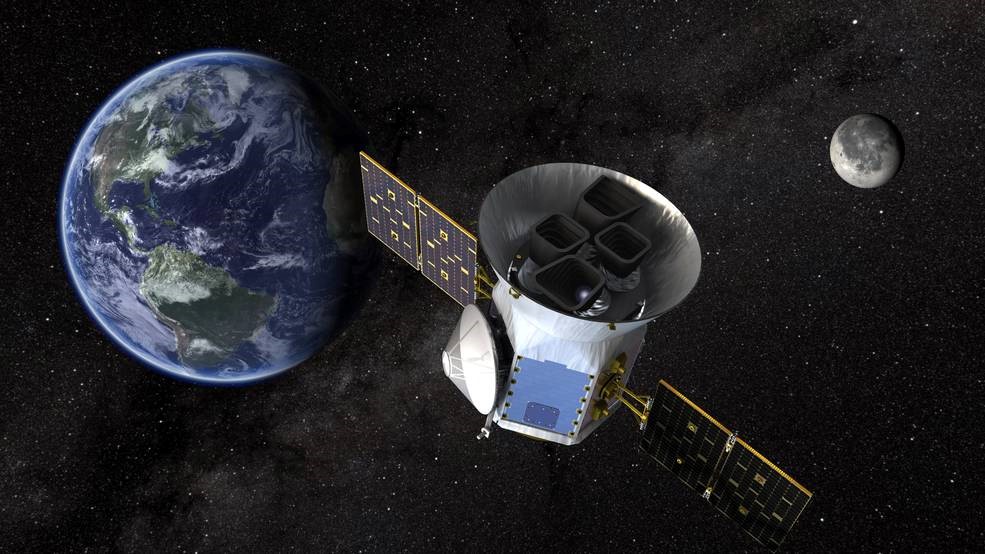Free Courses Sale ends Soon, Get It Now


Free Courses Sale ends Soon, Get It Now



Disclaimer: Copyright infringement not intended.
Context
Details
Discovery of TOI-1420 b
Characteristics of TOI-1420 b
Significance of Low Density
Future Prospects
About Transiting Exoplanet Survey Satellite (TESS)
Introduction to TESS
Objectives and Mission
Instrumentation and Capabilities
Discoveries and Contributions
Legacy and Impact
Conclusion
TESS is a remarkable space telescope with a broad mission to survey the sky for exoplanets. Its impact on the field of astronomy and our understanding of the universe's exoplanetary systems is profound. As TESS continues to operate and make new discoveries, it promises to uncover even more secrets about the diversity of exoplanets and their potential habitability.
|
PRACTICE QUESTION Q. What is the primary mission of NASA's Transiting Exoplanet Survey Satellite (TESS)? A) To study the atmospheres of exoplanets. B) To search for gravitational waves. C) To monitor the brightness of stars and search for transiting exoplanets. D) To study the outer solar system. Answer: C) |
© 2024 iasgyan. All right reserved